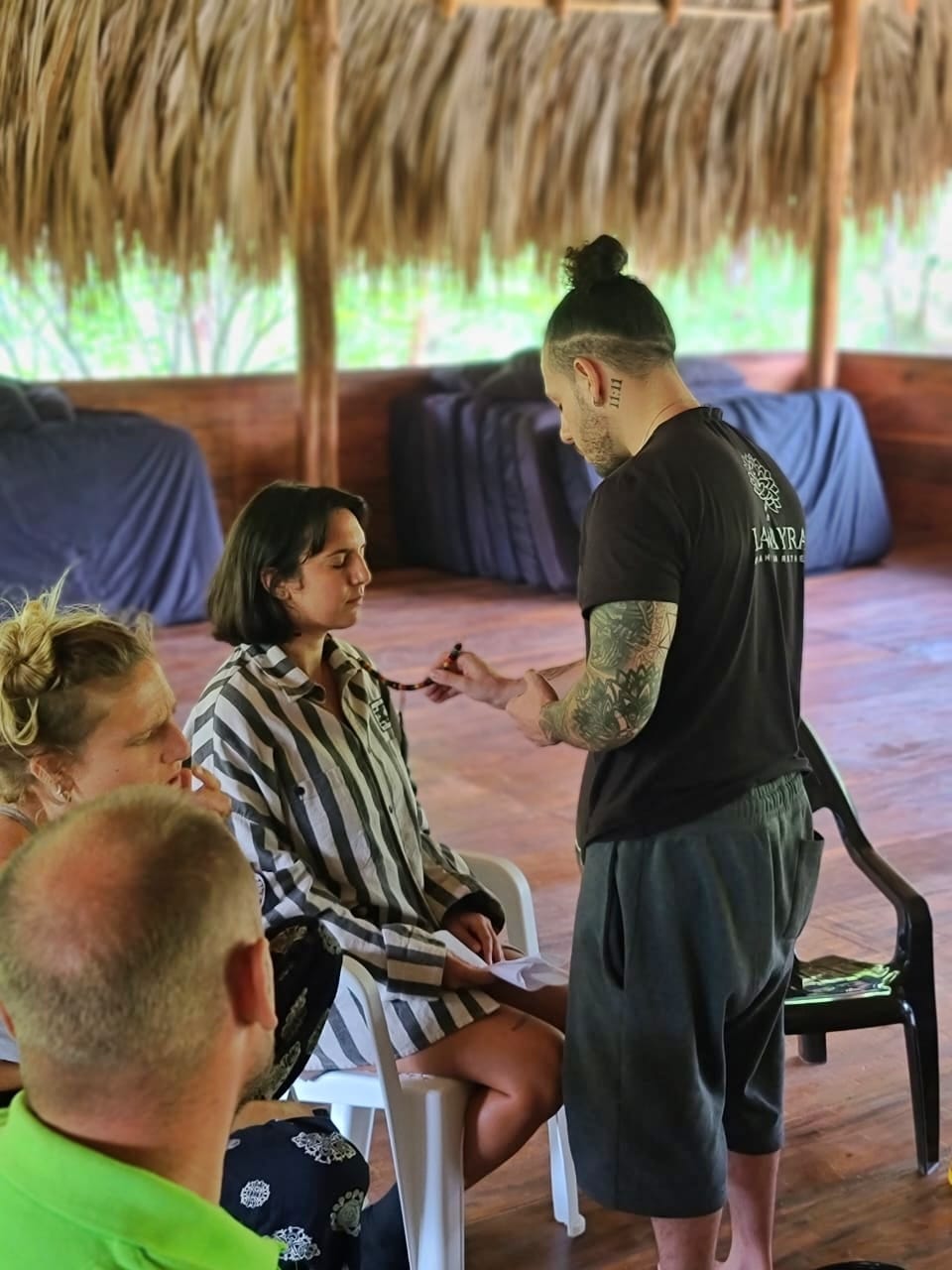Hello everyone,
I’m Sam Believ, founder of LaWayra Retreat near Medellin, Colombia. Choosing the right location for your ayahuasca journey is a crucial decision that can significantly impact your experience. There are several regions around the world known for their ayahuasca ceremonies, each offering unique environments and traditions. Here are some of the best places to go to drink ayahuasca and what makes each location special.
Choosing the right location for drinking ayahuasca can significantly impact your experience. Some of the best places to go for ayahuasca ceremonies include Peru, Brazil, and Colombia. Each of these locations offers unique environments and longstanding traditions that can deeply enhance the ritual.
Peru is often considered the birthplace of ayahuasca practices and is home to many skilled shamans. Colombia offers diverse settings, from the Amazon rainforest to the Andes, providing an array of options for those seeking this transformative journey.
For those new to ayahuasca, seeking retreats with experienced guides is crucial. Safety and proper support during the ceremony can contribute to a meaningful and safer experience. Knowing the best places to go will help ensure that the journey is not only profound but also handled with care and respect.
Understanding Ayahuasca
Ayahuasca is a powerful brew used traditionally in spiritual and healing ceremonies in the Amazon. It has significant historical roots and specific psychoactive properties that draw people seeking transformation and insight.
What Is Ayahuasca?
Ayahuasca is a brew made from the Banisteriopsis caapi vine and the Psychotria viridis shrub. It is famous for its potent psychoactive effects. People drink it to have spiritual experiences, gain insights into their lives, or heal from emotional and physical issues. The brew causes intense vomiting and diarrhea as part of its “cleansing” process.
Many claim it brings profound personal revelations. However, it also poses risks, like severe nausea and hallucinations. Ayahuasca is illegal in many places but is used legally in some religious ceremonies.
Historical Significance
Indigenous tribes in the Amazon have used ayahuasca for centuries. They believe it connects them to their ancestors and helps heal physical and spiritual ailments. The use of ayahuasca is a central part of many indigenous cultures’ rituals and traditions.
In the 20th century, ayahuasca spread beyond the Amazon. Researchers, spiritual seekers, and tourists began exploring its potential. Today, there are retreat centers around the world where people can experience ayahuasca in a guided setting.
Psychoactive Properties
Ayahuasca’s psychoactive effects come from its two main ingredients. The vine, Banisteriopsis caapi, contains harmala alkaloids that inhibit enzymes in the stomach. This inhibition allows the DMT in Psychotria viridis to enter the bloodstream and affect the brain. DMT is a powerful hallucinogen that creates vivid visual and auditory experiences.
Users often report seeing intricate patterns, beings, and landscapes. Some have profound spiritual experiences that they feel bring deep insights into their lives. Side effects include extreme nausea, vomiting, and sometimes overwhelming fear or anxiety.
Preparation for Ayahuasca Experience
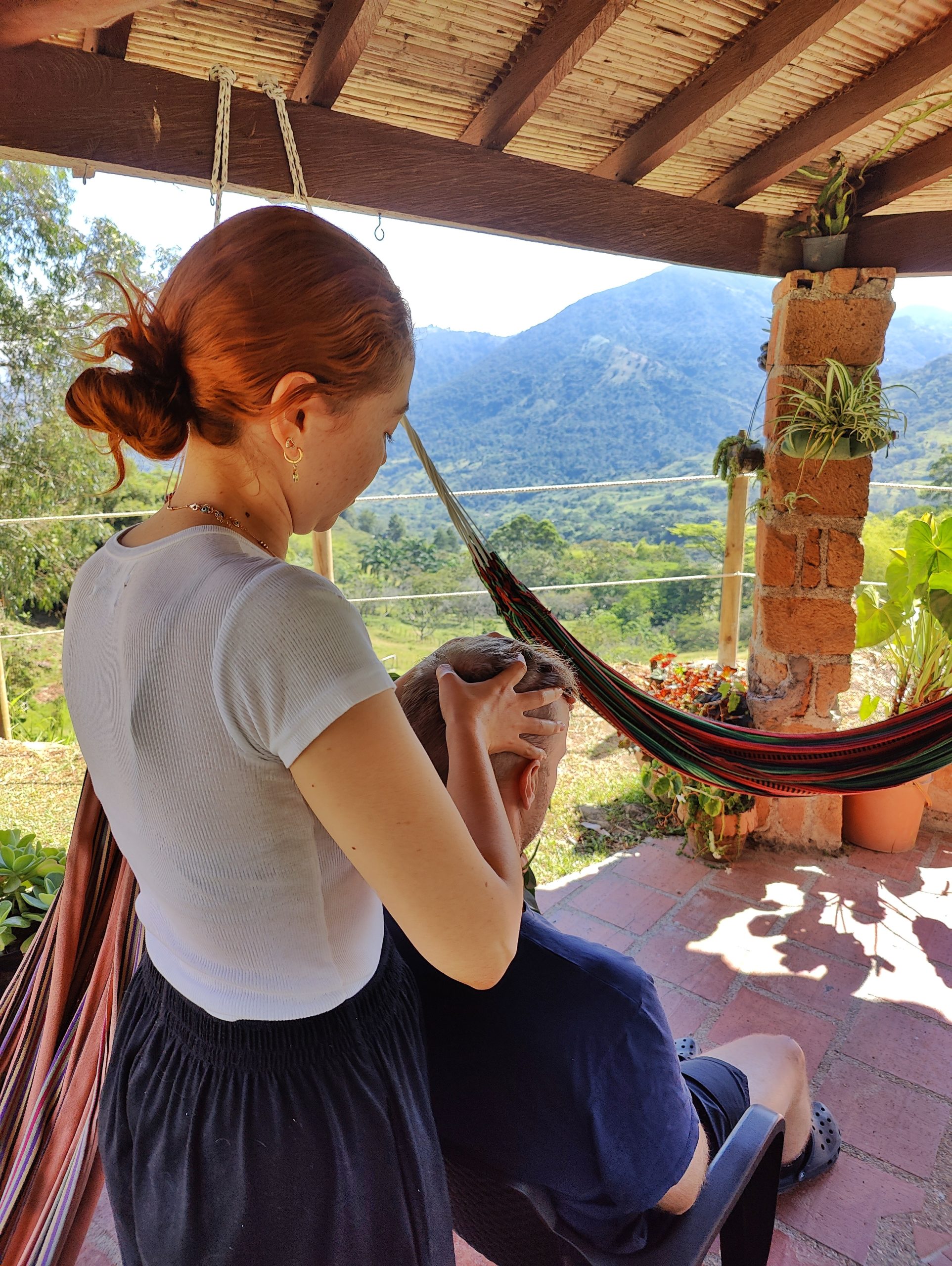
Proper preparation is key to having a safe and meaningful ayahuasca experience. It involves following dietary guidelines, mental preparation steps, and considering physical health aspects.
Dietary Guidelines
Participants should adhere to specific dietary restrictions before the ceremony. Avoiding red meat and garlic for at least a week before the experience is recommended. Three days prior, one should stop consuming lactose and caffeine. On the day of the ceremony, avoid citrus fruits. Abstaining from drugs and certain medications that may interact with ayahuasca is also crucial. These steps help in preventing adverse physical reactions and in preparing the body to better absorb the plant medicine.
Mental Preparation
Preparing one’s mind is very important. One should engage in meditation or mindfulness practices leading up to the ceremony. This can include deep breathing exercises, journaling, or simply setting clear intentions for the experience. It helps to reduce anxiety and build a positive mindset. Reading spiritual or philosophical texts related to ayahuasca can also be beneficial. Being mentally calm and focused can greatly enhance the transformative potential of the ceremony.
Physical Health Considerations
Physical health plays a vital role in ayahuasca preparation. It’s essential to exercise moderately while avoiding intense physical activity right before the ceremony. Being in good physical condition helps in managing the strain that the experience may place on the body. Checking with a healthcare provider, especially if one has any pre-existing conditions or is on medication, is highly advisable. Staying hydrated and well-rested enhances the overall physical readiness for the ceremony.
Traditional Settings
Ayahuasca ceremonies are traditionally held in specific cultural contexts, guided by experienced shamans and often situated in countries within the Amazon Basin. Understanding these settings is crucial for those interested in the authentic ayahuasca experience.
Amazon Basin Countries
Countries in the Amazon Basin, such as Peru, Colombia, Brazil, and Ecuador, are renowned for hosting traditional ayahuasca ceremonies. Peru is often considered the heartland, with its rich cultural heritage and numerous retreats that adhere to traditional rituals. Brazil has also become notable with it’s diverse forms of ayahuasca practices. Colombia and Ecuador offer a blend of indigenous traditions and modern practices, often in lush, natural settings that enhance the experience.
Visiting these countries provides an opportunity to engage with ayahuasca in its traditional environment, where the plant has been used for centuries as a part of spiritual and healing practices.
Indigenous Communities
Indigenous communities, particularly those in the Amazon, have practiced ayahuasca ceremonies for generations. These communities view ayahuasca as a sacred plant medicine, used for healing, spiritual insights, and connecting with the natural world. Some tribes, like the Shipibo-Conibo in Peru or the Ticuna in Brazil, have specific rituals and songs that are integral to the experience.
Participating in a ceremony within an indigenous community not only offers an authentic encounter but also supports the preservation of these cultural practices. Respecting the customs and protocols of the host community is essential for a meaningful experience.
Shamanic Guidance
Shamans, also known as curanderos or healers, play a central role in ayahuasca ceremonies. Their guidance is crucial for navigating the often intense and transformative experiences induced by the brew. Shamans conduct the ceremony, set the intention, and provide spiritual protection throughout the process.
A skilled shaman uses traditional chants, or icaros, to guide participants and manage the energy within the ceremony. The presence of an experienced shaman ensures the safety and integrity of the journey, offering support for those seeking healing and enlightenment through ayahuasca.
Choosing a retreat or ceremony led by a reputable shaman is crucial for ensuring a respectful and profound experience.
Modern Ayahuasca Retreats
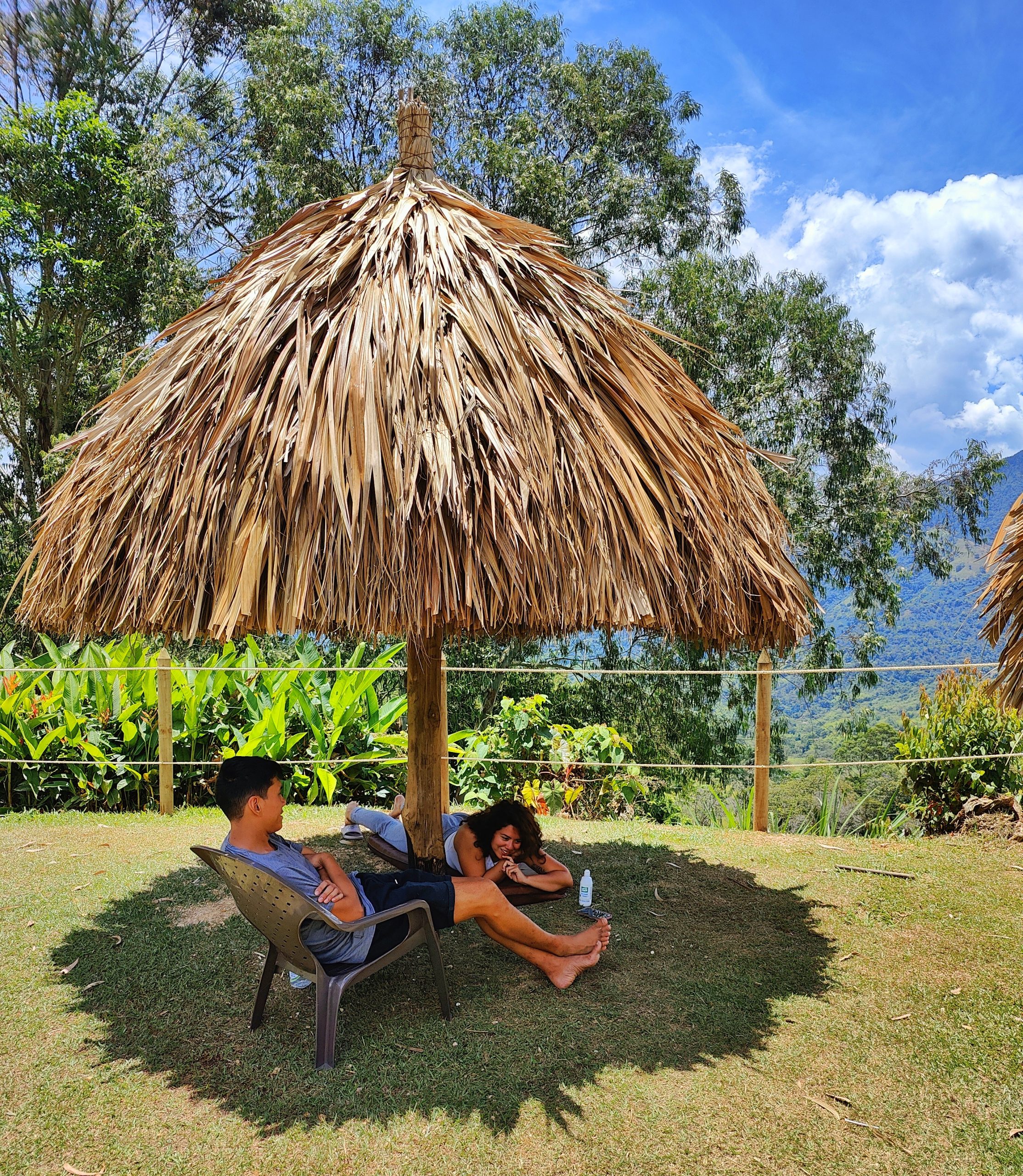
Modern ayahuasca retreats offer seekers a mix of traditional practices and comfortable accommodations. From South America to international destinations, these retreats focus on healing, growth, and personal development.
South America Hotspots
South America is the birthplace of ayahuasca, and countries like Peru, Ecuador, and Colombia are popular destinations for ayahuasca retreats. For example, various retreats in Ecuador offers group and individual packages, with added amenities like saunas, hot tubs, and hikes. Many retreats in these countries emphasize authentic ceremonial practices led by experienced shamans from native tribes. Participants often find a deep connection with nature, which enhances the healing experience.
“When people ask where to go, I always recommend the Amazon, yes—but I also think Colombia has this special hybrid energy. It honors the tradition, but it also gives space for gentle modernity. It’s accessible, beautiful, and authentic.”
— Thomas Wilkins
Key Locations:
- Peru: Known for its deep-rooted traditions and experienced shamans.
- Ecuador: Hosts retreats that blend traditional practices with modern comforts.
- Colombia: Offers retreats led by tribal leaders knowledgeable in ayahuasca ceremonies.
“Colombia truly called to me. The mountains around Medellin felt like a spiritual cocoon, and I was surprised by how safe and calm I felt arriving at LaWayra. It’s not just the landscape—it’s the warmth of the people too.”
— Dr. Rebecca Simons
International Retreats
Ayahuasca retreats are now available beyond South America, in places like Europe and the United States. For example, retreats in California, Colorado, and Oregon, provide similar traditional experiences. Additionally, European retreats focuses on professional guidance for personal and spiritual growth. While these locations may not provide the same Amazonian environment, they uphold authentic practices and are often more accessible for those unable to travel to South America.
Locations Outside South America:
- United States: Hosting retreat centers in several states like California and Colorado.
- Europe: Including reputable centers like Inner-Journey for those looking for spiritual and emotional healing.
- Mexico: Combining traditional practices with beautiful surroundings.
Choosing a Retreat
Selecting the right ayahuasca retreat involves considering a few key factors. Look for centers with experienced shamans and positive reviews. Ensure they follow safety protocols and offer medical support if needed. Also, consider your personal needs—some may prefer a retreat with luxurious amenities, while others may want a more rustic, authentic experience.
“There’s this growing awareness among travelers now: that it’s not enough to just go somewhere exotic. The question is—are the people holding that space actually trained, ethical, and truly connected to the medicine? That’s where Colombia excels.”
— Marina Calderón
Key Considerations:
- Authenticity: Traditional practices and experienced leadership are crucial.
- Safety: Proper medical support and safe practices should be prioritized.
- Amenities: Decide whether you prefer basic accommodations or more luxurious settings.
Doing thorough research and asking for recommendations can help ensure a transformative and safe ayahuasca experience.
Legal Considerations
When planning to drink ayahuasca, it is important to understand the varying legal statuses that can impact usage across different countries and under international laws.
Country-Specific Laws
United States: In the U.S., ayahuasca’s legal status is tied to its main psychoactive component, DMT, which is classified as a Schedule I substance. This classification makes it illegal; however, some religious groups, like the UDV and Santo Daime, have received exemptions under the Religious Freedom Restoration Act.
Canada: The legal status in Canada is evolving. Some religious groups have received exemptions. Outside these religious contexts, possession and use remain illegal, but landmark legal cases have paved the way for potential future changes.
Peru and Brazil: Ayahuasca is legal for traditional and spiritual use. Peru recognizes ayahuasca as part of its cultural heritage, while in Brazil, it is legally permitted for religious purposes.
International Regulations
United Nations: Internationally, DMT is classified as a Schedule I substance under the 1971 Convention on Psychotropic Substances. This means that countries adhering to this convention must restrict its use, though individual countries can interpret and enforce this restriction differently.
Regional Differences: Some regions may be more lenient or strict with regulations. For example, in parts of Europe and Southeast Asia, laws can range from outright bans to more permissive stances for traditional use. It’s crucial to research the specific legal context of the destination.
Understanding these legal considerations can help ensure a safe and lawful experience when seeking to drink ayahuasca.
Health and Safety
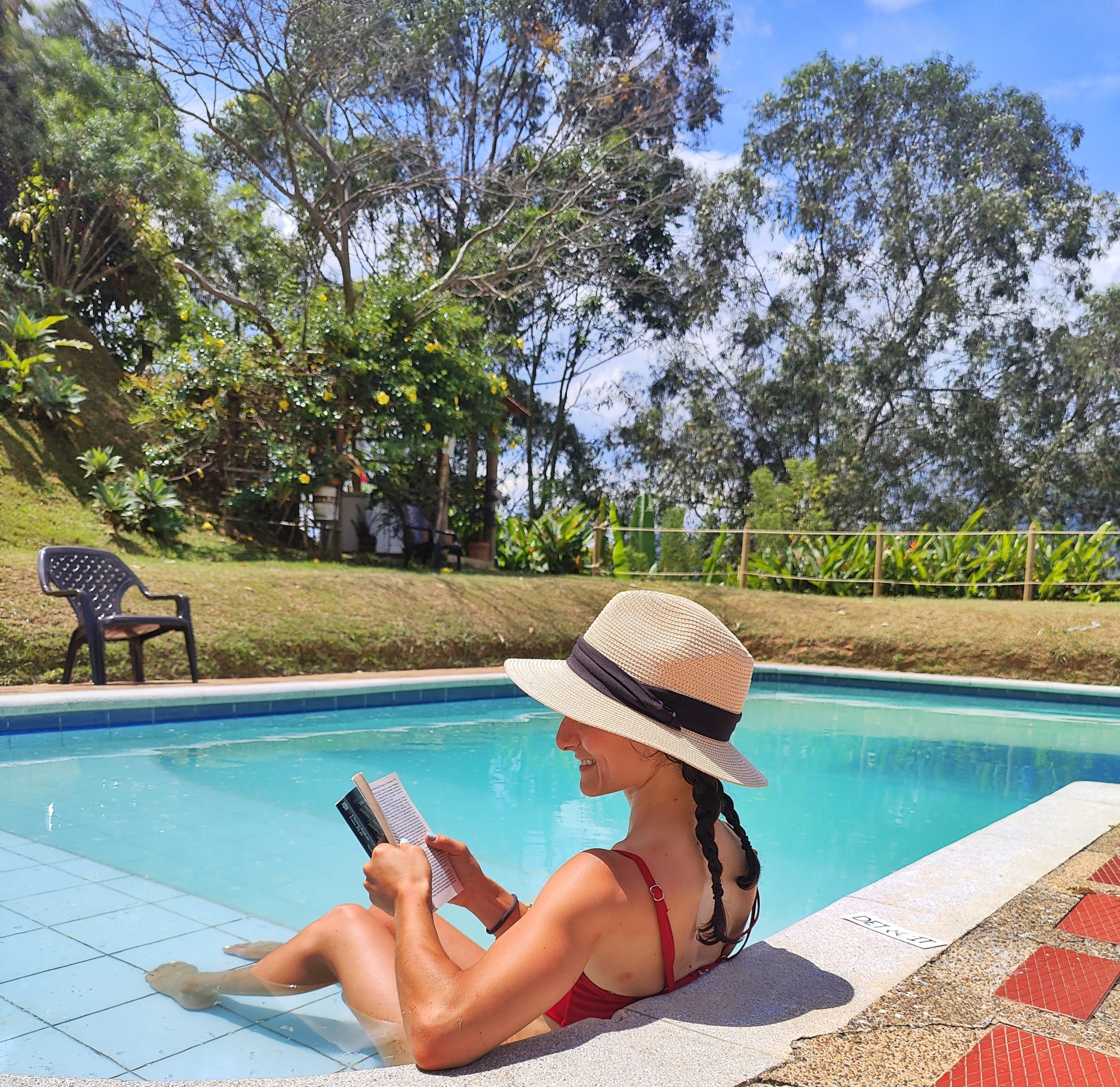
Drinking Ayahuasca can lead to various physical and psychological effects. Proper preparation and aftercare are essential for minimizing risks and ensuring a positive experience.
Possible Risks
Ayahuasca can cause nausea, vomiting, and diarrhea, which are part of the “purging” process. People may also experience euphoria, hallucinations, and anxiety. In rare cases, it can lead to paranoia and confusion.
Physically, Ayahuasca can cause increased heart rate and higher blood pressure. Individuals with pre-existing heart conditions or mental health issues should consult a healthcare professional before participating in a ceremony.
There are also risks related to the setting and the person guiding the session. It’s important to verify the experience and credibility of the guide or shaman.
Safety Measures
Safety begins with choosing a reputable Ayahuasca retreat. Look for places with experienced and well-trained facilitators. Ensure that the retreat offers medical screening to identify any health risks.
During the ceremony, professional supervision is vital. There should be medically trained staff available to address any emergencies. The environment should be safe, comfortable, and free from potential hazards.
Participants should avoid certain medications and substances before the ceremony. Specifically, SSRI antidepressants and recreational drugs can interact dangerously with Ayahuasca.
Aftercare and Integration
After the ceremony, participants might need time to process their experiences. Support from facilitators, counselors, or therapists is recommended for this integration phase.
Joining support groups or continuing with individual therapy can help in making sense of the experiences. The physical effects, like nausea or tiredness, usually subside within a day, but psychological processing can take longer.
Maintaining a healthy lifestyle, including proper diet and exercise, can aid in recovery. Staying hydrated and getting enough rest are also crucial. This phase can be deeply personal and may require ongoing attention and support.
Cultural Respect and Ethics
Respecting the cultural significance of Ayahuasca and ensuring ethical practices are fundamental. Proper conduct involves sustainable practices and supporting local communities.
Sustainable Practices
Sustainable practices are crucial in Ayahuasca tourism. Responsible travelers should engage with retreat centers that prioritize the environment. Using locally sourced ingredients for the Ayahuasca brew helps preserve the ecosystem. Centers should avoid overharvesting plants to maintain biodiversity.
It’s also essential to support retreats that minimize waste and reduce their carbon footprint. Choosing eco-friendly accommodations and ensuring proper waste management can make a difference. Retreat centers should employ renewable energy sources and promote conservation efforts to protect the natural surroundings.
Travelers should inquire about sustainability practices before committing to a retreat. Engaging in ethical practices ensures that the local environment and cultural practices are respected and preserved.
Supporting Local Communities
Supporting local communities involved in Ayahuasca ceremonies is vital. Travelers ought to choose retreats that work directly with indigenous healers and compensate them fairly. This support strengthens traditional practices and ensures that local knowledge is valued and preserved.
Participating in retreats that invest in the local economy helps communities thrive. Look for centers that source goods and services from local vendors, promoting economic growth. This approach ensures that the benefits of Ayahuasca tourism reach those who sustain these traditions.
Travelers should also engage in cultural education provided by local community members. Understanding the customs and traditions surrounding Ayahuasca fosters respect and helps maintain the integrity of these spiritual practices. By doing so, visitors show genuine respect for the cultures sharing their sacred traditions.
Personal Anecdotes and Experiences
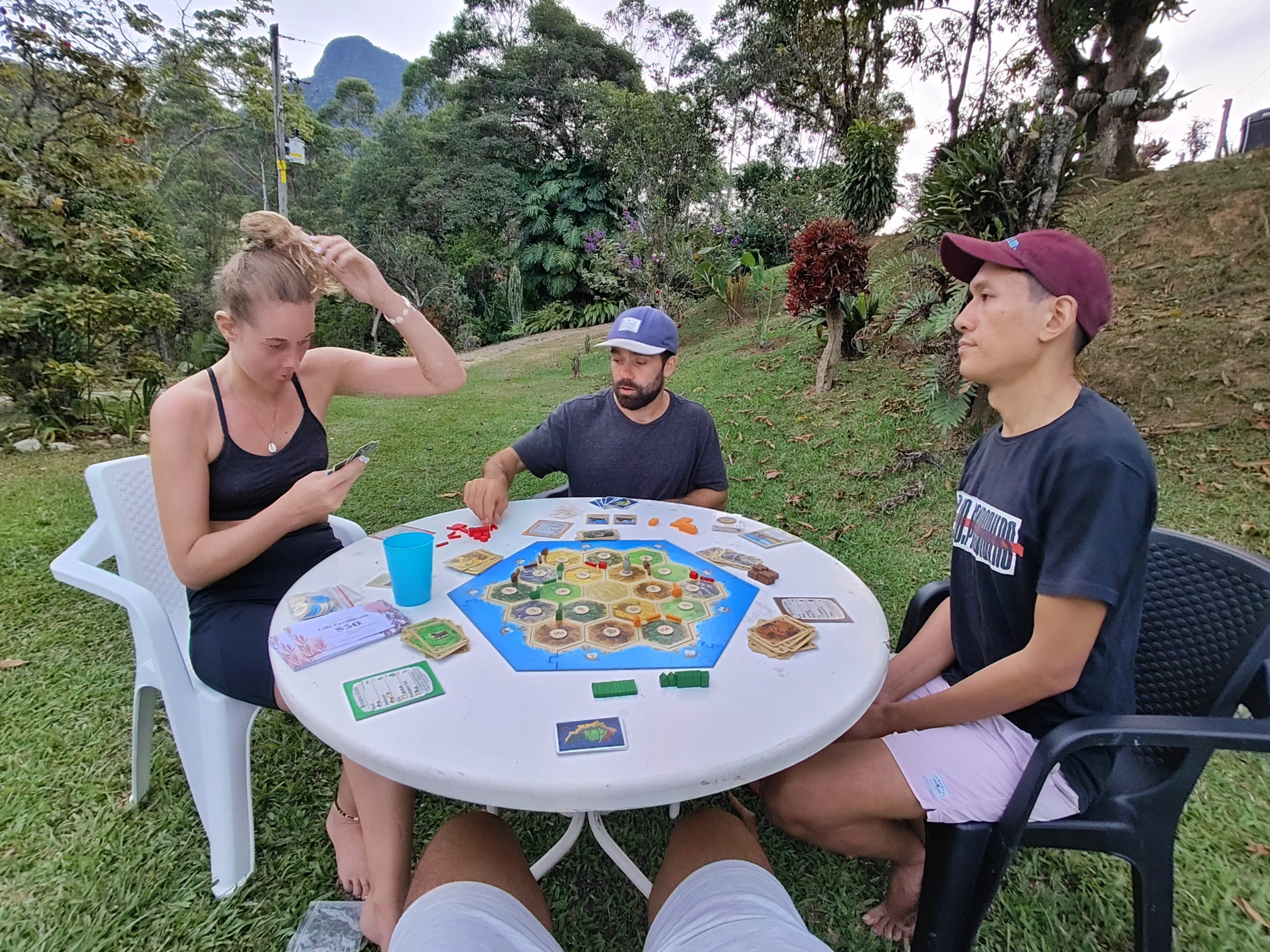
Many individuals find ayahuasca to be a deeply transformative experience. Personal stories often highlight a range of emotions and insights encountered during these ceremonies.
“For me, it wasn’t just about drinking ayahuasca. It was the land, the journey, the way the river sounds at night, the way the jungle breathes with you. You don’t find that in just any country—you feel it when the medicine is home.”
— Valeria Huertas
One traveler shared that he became friends with someone who had attended an ayahuasca retreat. He described the experience as life-changing. His newfound friend also emphasized the profound impact ayahuasca had on his overall perspective.
Another individual recounted his first 3-day ayahuasca ceremony. He mentioned experiencing a “death of ego,” which he found deeply enlightening. The ceremony left him reflecting on the interconnectedness of life and his place within it.
An online community member described feeling a sense of oneness during their ceremony. They felt a powerful connection to the universe, which helped them gain a better grasp of their own identity and purpose. These narratives provide an honest glimpse into the intense experiences people undergo, from emotional breakthroughs to significant life changes.
These diverse experiences show that while each person’s journey with ayahuasca is unique, many find it to be a profound and eye-opening adventure.
“LaWayra was not just a retreat—it was a homecoming. The land, the facilitators, the rituals… everything was aligned. I knew I had come to the right place.”
— Emily K.
“I’ve done ayahuasca in both Peru and Colombia, and I can honestly say my experience at LaWayra was the most integrated and supported. The environment felt sacred, and the guidance was impeccable.”
— Carlos J.
Frequently Asked Questions
Ayahuasca retreats are becoming more popular in the USA. Preparing for an ayahuasca experience, knowing the costs, and adhering to safety guidelines are key for a successful retreat. Below are some common questions and answers on this topic.
How should one prepare for an ayahuasca retreat experience?
Preparing for ayahuasca involves dietary restrictions, like avoiding spicy foods, caffeine, and alcohol for a week before the retreat. Psychological preparation is also crucial, including setting intentions and meditating. It’s important to follow the specific guidelines provided by the retreat center.
What can be expected in terms of cost for participating in an ayahuasca retreat?
The cost of an ayahuasca retreat in the USA can range from $800 to $3000 or more, depending on the location, duration, and amenities provided. Some retreats offer sliding scale fees or payment plans to make the experience more accessible.
Are there specific safety guidelines to follow when attending an ayahuasca retreat?
Safety guidelines include being honest about medical history and current medications, as certain substances can interact negatively with ayahuasca. Staying hydrated, having access to medical support, and following post-ceremony integration advice are also important for a safe experience.
Who is the right candidate for an ayahuasca retreat, and who should avoid it?
The right candidate is usually someone seeking deep personal insight or healing. People with heart conditions, severe mental health issues, or those taking certain medications should avoid ayahuasca. Consulting a healthcare provider before attending is recommended.
What criteria should be used to evaluate the best ayahuasca retreats?
When evaluating retreats, consider the experience and credentials of the facilitators, the safety protocols in place, participant reviews, and the overall environment of the retreat. It is also beneficial to check if the retreat center has legal permissions to conduct ceremonies.
A Final Word From The Founder Of LaWayra On Regarding Where To Go Drink Ayahuasca
- Peru
Why Peru?
- Cultural Hub: Peru is considered the heartland of ayahuasca ceremonies. The practice is deeply rooted in the culture, and many retreats adhere to traditional rituals.
- Experienced Shamans: Many experienced shamans practice in Peru, offering authentic and safe ceremonies.
Popular Locations:
- Iquitos: Known as the gateway to the Amazon, Iquitos is home to numerous ayahuasca retreats. The lush rainforest setting enhances the immersive experience.
- Sacred Valley: Near Cusco, this area combines stunning landscapes with profound spiritual energy. It’s an ideal place for those seeking a blend of nature and culture.
- Brazil
Why Brazil?
- Legal Use: Ayahuasca is legal for religious use in Brazil, particularly within the Santo Daime and União do Vegetal (UDV) churches.
- Spiritual Communities: These religious organizations offer structured and supportive environments for ayahuasca ceremonies.
Popular Locations:
- Amazon Rainforest: The heart of ayahuasca use, the Amazon offers a deeply immersive experience in nature.
- Southern Brazil: Areas like Florianopolis offer retreats combining natural beauty with structured spiritual practices.
- Colombia
Why Colombia?
- Rich Tradition: Colombia has a long history of ayahuasca use among indigenous communities, particularly the Inga and Siona tribes.
- Supportive Environment: Retreats in Colombia, like LaWayra, offer safe, supportive, and authentic experiences.
Popular Locations:
- Putumayo: Known for its rich indigenous heritage and traditional ceremonies, Putumayo provides an authentic ayahuasca experience.
- Medellin: Home to LaWayra, providing a serene and nurturing environment for healing. The beautiful landscapes and experienced facilitators ensure a transformative journey.
- Costa Rica
Why Costa Rica?
- Safe and Tolerant: While not explicitly legal, ayahuasca use is tolerated, and many reputable retreats operate safely.
- Beautiful Setting: Costa Rica’s natural beauty enhances the healing experience.
Popular Locations:
- Guanacaste: Offers a range of retreats with experienced facilitators, combining the healing power of ayahuasca with the tranquility of the beach.
- Nicoya Peninsula: Known for its serene beaches and tranquil environment, perfect for deep spiritual work.
- United States
Why the United States?
- Religious Exemptions: Certain religious groups, like the Santo Daime and UDV churches, have legal exemptions to use ayahuasca.
- Accessibility: Offers a legal and accessible option for those who prefer to stay within the country.
Popular Locations:
- Oregon: Home to several Santo Daime churches offering structured ceremonies.
- New Mexico: Hosts UDV ceremonies, providing a safe environment for ayahuasca use.
Travel Tips for Ayahuasca Seekers
- Research the Retreat:
- Reputation: Choose a retreat with positive reviews and a good reputation. Look for testimonials from previous participants.
- Safety and Ethics: Ensure the retreat prioritizes safety, ethical practices, and has experienced facilitators.
- Health and Preparation:
- Medical Check: Consult with a healthcare professional to ensure you’re physically and mentally prepared for the experience.
- Dietary Restrictions: Many retreats recommend specific diets before the ceremony. Follow these guidelines to enhance your experience.
- Travel Logistics:
- Travel Insurance: Purchase travel insurance that covers medical emergencies.
- Local Customs: Familiarize yourself with local customs and laws regarding ayahuasca use.
- Post-Ceremony Integration:
- Integration Support: Choose a retreat that offers post-ceremony integration support to help you process and apply the insights gained during the experience.
- Community and Resources: Engage with supportive communities and resources for ongoing guidance.
Our Commitment at LaWayra
At LaWayra, we offer a safe, nurturing, and authentic ayahuasca experience in the beautiful landscapes near Medellin, Colombia. Our experienced facilitators and shamans are dedicated to guiding you through your journey, providing care and support every step of the way.
For more information about our retreats and to hear stories from our community, visit our Instagram page.
Ready to embark on your ayahuasca journey? Book your spot here and experience the transformative power of ayahuasca at LaWayra.
Warm regards, Sam Believ
Founder of LaWayra

Sam Believ is the founder and CEO of LaWayra Ayahuasca Retreat, the best-rated Ayahuasca retreat in South America, with over 520 five-star Google reviews and an overall rating of 5 stars. After his life was transformed by Ayahuasca, he dedicated himself to spreading awareness about this ancestral medicine to help address the mental health crisis. Sam is committed to making Ayahuasca retreats affordable, accessible, and authentic, with a focus on care, integration, and the involvement of indigenous shamans. He is also the host of the Ayahuasca Podcast.

